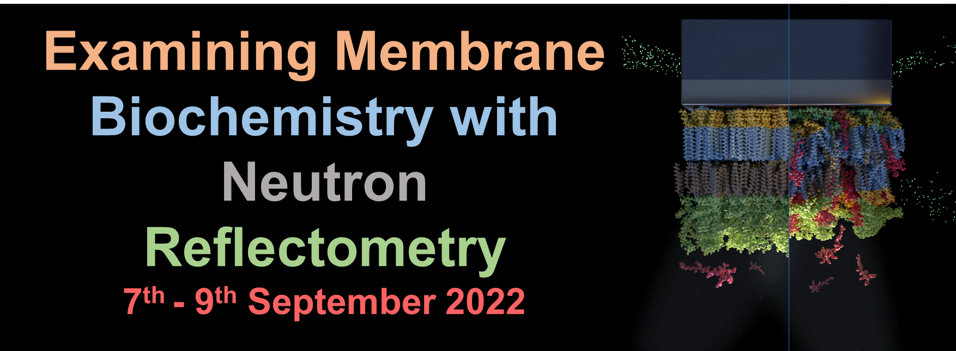Speaker
Description
2022 marks the 90th anniversary of the Nobel prize awarded to Irwin Langmuir for his seminal work on surface chemistry, which remains to this day a central pillar of interface science. An example of his lasting legacy are the insoluble monolayers that bear his name and their many applications in biological membrane research. Langmuir monolayers represent versatile building blocks to assemble complex biological membranes using methods such as Langmuir-Blodgett (LB) and Langmuir-Schaefer (LS) depositions that transfer insoluble lipid monolayers from the air-water interface onto solid substrates. Examples shown here draw from research on asymmetric membranes and nanoparticle-supported lipid bilayers which constitute primary examples of the unique possibilities offered by the combination of grazing incidence neutron scattering techniques and LB/LS assembly methods. If a certain degree of lipid asymmetry is a feature of all biological membranes, in the outer membrane of Gram-negative bacteria the asymmetric distribution of lipids between the inner phospholipid and outer lipopolysaccharide bilayer leaflets is the defining characteristic, crucial for its function. LB and LS methods provide an ideal approach for reproducing this highly asymmetric bilayer in vitro and thanks to selective deuteration of the individual leaflets, specular neutron reflectometry has revealed important insights on the structure of the Gram-negative cell envelope and its interaction with antimicrobials discussed here. In addition to lipids, LB and LS methods offer the possibility of assembling highly ordered monolayers of nanoparticles (NP) which can be used as substrates for the formation of curved NP-supported lipid bilayers. Using a modified LS deposition and a combination of specular and off-specular neutron and X-ray scattering methods we characterised the in plane and out of plane structure of NP monolayers as well as the curved lipid bilayer formed around the NP, which provided insights on the effects of curvature on lipid packing. Finally, some of the limitations of LB and LS methods are outlined together with ongoing improvements in sample environment that could help move forward the applications of these versatile methods.

